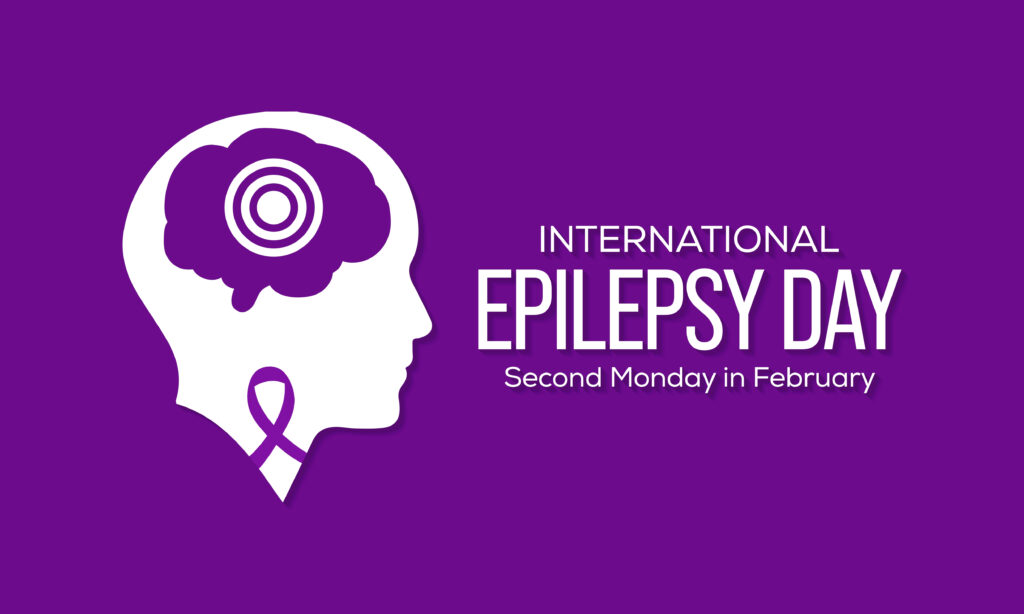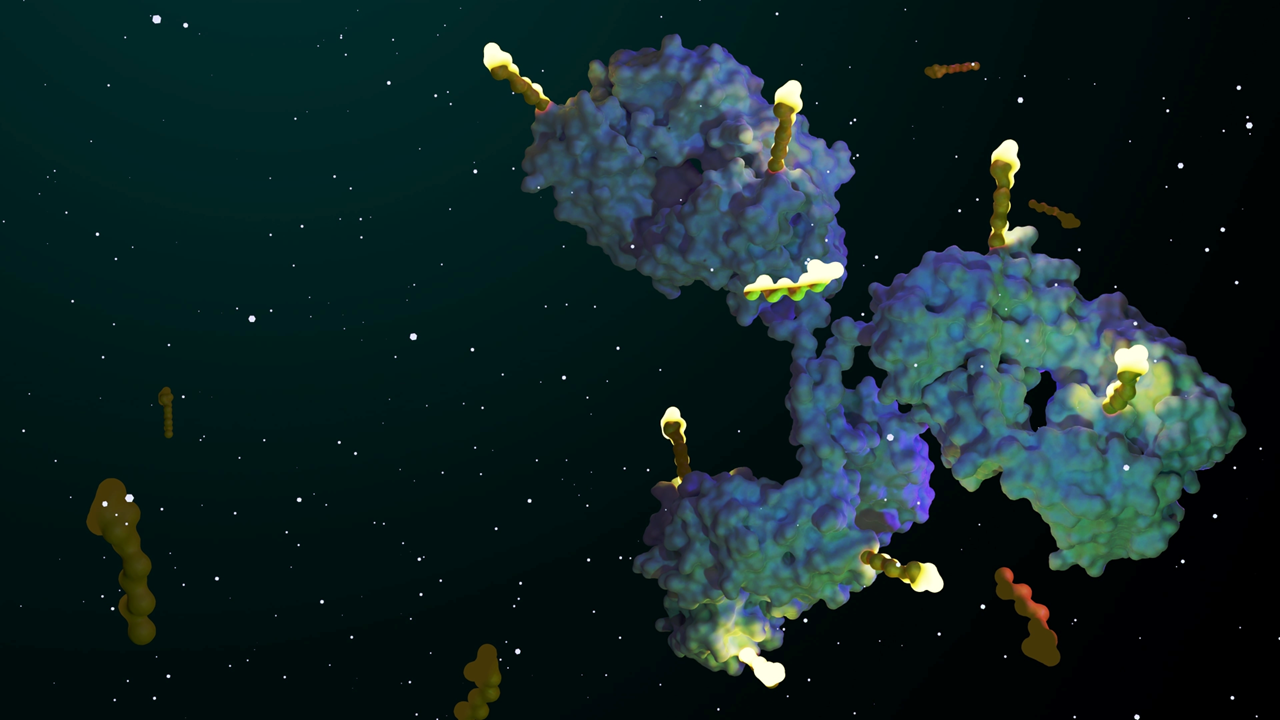International Epilepsy Day, observed annually on the second Monday of February, serves as a pivotal occasion to increase awareness of epilepsy. This global initiative, coordinated by the International Bureau for Epilepsy (IBE) and the International League Against Epilepsy (ILAE), offers a platform for individuals with epilepsy to share their stories and experiences with a worldwide audience.
International Epilepsy Day 2024 aims to enhance public understanding of a condition affecting approximately 65 million people globally, including those with Dravet syndrome, while also rallying support for a 10-year World Health Organization (WHO) epilepsy roadmap.
The theme for International Epilepsy Day 2024, “Milestones on My Epilepsy Journey,” underscores the significance of acknowledging and celebrating the unique experiences of individuals living with epilepsy.
Epilepsy, also referred to as a seizure disorder, is a neurological condition characterized by recurrent seizures. It is prevalent, with approximately 1.2 percent of individuals in the US experiencing active epilepsy, as reported by the Centers for Disease Control and Prevention (CDC). Globally, the WHO estimates that around 50 million people live with epilepsy, making it one of the most common neurological disorders worldwide. Epilepsy affects individuals across genders, races, ethnic backgrounds and age groups.
The diagnosis of epilepsy is typically made when an individual experiences two or more seizures, occurring at least 24 hours apart, without a known cause. Seizures, stemming from specific brain activity, can disrupt various cognitive and motor functions. Symptoms may include temporary confusion, staring spells, stiff muscles, uncontrollable jerking movements of the limbs and loss of consciousness.
Epilepsy has diverse etiologies, which are categorized into structural, genetic, infectious, metabolic, immune and unknown causes. However, seizures can often be managed effectively. Through the appropriate use of antiseizure medications, up to 70 percent of individuals with epilepsy may achieve seizure freedom.
Furthermore, an estimated 25 percent of epilepsy cases are potentially preventable. Strategies for prevention include minimizing the risk of head injuries, addressing parasite infections in low- and middle-income countries, managing conditions like high blood pressure, diabetes and obesity, and advocating for the avoidance of tobacco and excessive alcohol consumption.
XTALKS WEBINAR: Case Study: EEG Digital Biomarkers in Neuropsychiatric Clinical Studies
Live and On-Demand: Thursday, February 15, 2024, at 12pm EST (9am PST)
Register for this free webinar to learn how to leverage neuroassessment platforms to advance novel therapeutics focused on neuropsychiatric conditions.
New FDA-Approved Treatments for Epilepsy
In 2022, the US Food and Drug Administration (FDA) granted approval to Marinus Pharmaceuticals’ Ztalmy (ganaxolone) for the treatment of seizures associated with cyclin-dependent kinase-like 5 (CDKL 5) deficiency disorder (CDD), a rare form of genetic epilepsy. Ztalmy marks the first FDA-approved treatment specifically designed for CDD and operates as a neuroactive steroid, acting as a positive allosteric modulator of the GABAA receptor.
Results from the Phase III clinical trial that led to the approval demonstrated that Ztalmy elicited a median 30.7 percent reduction in 28-day major motor seizure frequency, contrasting with a median 6.9 percent reduction observed in the placebo group. Moreover, in the open-label extension study, wherein patients received Ztalmy for a minimum of 12 months (n=48), a median 49.6 percent reduction in major motor seizure frequency was reported.
Additionally in 2022, UCB’s Fintepla (fenfluramine) oral solution has obtained FDA approval for the treatment of seizures associated with Lennox-Gastaut syndrome. Fenfluramine has demonstrated efficacy in managing the most challenging seizure types, including drop seizures, characterized by sudden loss of muscle tone, resulting in the individual becoming limp and falling to the ground, often with a high risk of injury.
The FDA’s approval of Fintepla was based on safety and efficacy data derived from a global, randomized, placebo-controlled Phase III clinical trial involving 263 patients. Fenfluramine exhibited a significant reduction in the frequency of drop seizures compared to placebo. Notably, nearly a quarter of patients receiving fenfluramine at a dosage of 0.7 mg/kg/day reported a ≥50 percent reduction in drop seizure frequency per 28 days.
New Investigational Drugs Could Offer More Treatment Options for Patients
Last year, uniQure N.V. announced the FDA clearance of the Investigational New Drug (IND) application for AMT-260. AMT-260 comprises an AAV9 vector designed to deliver two engineered miRNAs, targeting the degradation of the GRIK2 gene and suppressing the aberrant expression of the glutamate receptor subtype GLUK2. This mechanism is believed to mitigate seizures in patients with refractory mesial temporal lobe epilepsy (MTLE). The company is presently commencing patient enrollment in the Phase I/II study.
In a recent development, researchers at New York University (NYU) Grossman School of Medicine are conducting a Phase II study on an investigational medication called XEN1101. XEN1101 is a member of a class of chemicals known as potassium-channel openers, which prevent seizures by enhancing the flow of potassium out of nerves, thereby halting their firing.
NYU’s study revealed that XEN1101 reduced seizure frequency by more than 50 percent in certain patients and sometimes even eliminated seizures altogether. Unlike several treatments that necessitate starting at low doses and gradually increasing, this investigational drug can be safely administered at its most effective dose from the outset. Study participants tolerated XEN1101 well, reporting side effects similar to other antiseizure treatments, including dizziness, nausea and fatigue.
Another clinical-stage biotherapeutics company, Neurona Therapeutics, recently disclosed positive preliminary clinical data from the initial cohort of five subjects in its ongoing Phase I/II clinical trial of NRTX-1001. NRTX-1001 is an investigational allogeneic cell therapy candidate developed for the treatment of drug-resistant MTLE. Notably, the first two subjects have maintained a >95 percent reduction from baseline in overall seizure counts for over a year following NRTX-1001 administration. Additionally, two other subjects exhibited reductions of 64 percent to 75 percent in focal aware events or focal impaired awareness seizures. As of now, no severe adverse events related to the cell therapy, delivery procedure, or immunosuppression regimen have been reported in the ongoing clinical trial.












Join or login to leave a comment
JOIN LOGIN